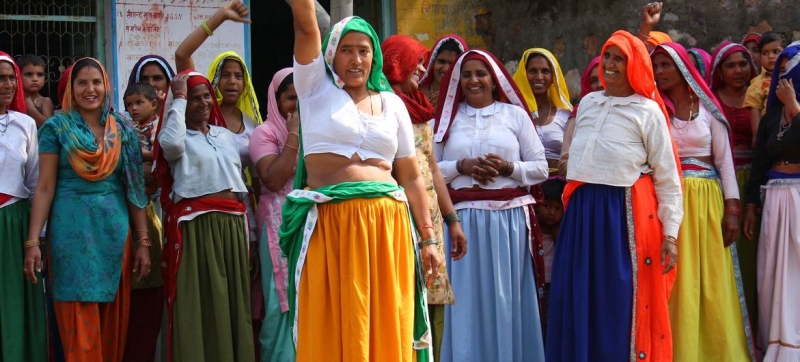
Today, only 27 countries are headed by women. Five recommendations for increasing women’s participation in political life Women
This year, at least 63 countries are holding presidential and parliamentary elections – a record 1.6 billion people will vote around the world. At the same time, 107 countries have never had a woman as head of state, and only two countries have women represented in parliament equally with men.
This year, in particular, elections are taking place in countries with some of the highest and lowest rates of women’s participation in parliament.
Greater participation of women in political processes helps advance decisions on critical issues such as health, education, childcare, infrastructure and the eradication of violence.
Ahead of International Day of Democracy on 15 September and the 30th anniversary of the Beijing Declaration and Platform for Action, UN Women looks at why so few women participate in politics and what can be done to close the gap.
Women in Politics
The most significant gap in women’s representation is at the highest levels of government. Today, only 27 countries are led by women, a modest improvement from 18 countries a decade ago. Yet 107 countries have never had a female leader.
Women make up, on average, only 23 percent of cabinet ministers. At the current rate of progress, gender parity at the ministerial level will not be reached until 2077. Globally, women’s representation in parliament is 27 percent, and parity is not expected to be reached for another 39 years. At the local level, women make up 35.5 percent of elected members as of this year.
Mexico and Rwanda are the only countries where women and men are equally represented in parliament. As of January 2024, seven countries have women’s political participation rates between 40 and 49.9 percent: Austria, Belarus, Belgium, Mozambique, Namibia, North Macedonia, and South Africa. In six countries – Iran, Kiribati, Maldives, Palau, Solomon Islands and Tuvalu – the figure is only 5 to 8 percent
Barriers to Leadership
Negative norms and gender-based violence hinder women’s political rights, while stereotypes in the media perpetuate the idea that women are less legitimate and capable leaders than men. Threats of death, rape and physical violence have become all too common online, and advances in artificial intelligence could further increase their incidence.
According to a UN Women survey in Jordan, Lebanon, Nepal, the State of Palestine and Tunisia, the most common forms of violations faced by women holding local council positions were psychological and sexual violence, as well as economic violence, such as denial of access to wages, office space and equipment.
In addition, political parties often resist including women in their ranks, and electoral systems make it difficult for women to compete on an equal footing. For example, women often have less access than men to the resources needed to successfully run for office and participate in elections. This includes limited access to finance and political patronage. In developing countries, women may not be able to afford even modest registration fees.
Finally, lack of political will compounds the problem: as long as leaders refuse to challenge entrenched, male-dominated decision-making processes, progress towards gender equality will remain too slow.
Five Solutions Governments Can Use
1. Special measures
The use of gender quotas has been shown to be effective in increasing women’s participation. In countries with established parliamentary quotas, women hold an average of 26 percent of seats in parliament, compared to 21 percent in countries without such quotas. Similarly, in countries with legally established quotas in local elections, women’s representation increases by an average of seven percentage points.
However, quotas are often not realized to their full potential, with targets set below 50 percent and enforcement mechanisms absent or weak. While 94 countries have introduced gender quotas in parliament, only one fifth of these countries set the target at 50 percent.
2. End Violence
Violence not only prevents women from exercising their rights, it also undermines institutions, weakens results, and impedes progress. Governments must adopt and implement laws and policies to prevent election and post-election violence, hold perpetrators accountable, and improve access to justice and services for victims. To more effectively combat violence against women in politics, governments must collect data on online abuses and hold media and social media companies accountable.
3. Equality
Governance and other stakeholders must develop and implement inclusive policies and codes of conduct that promote non-discrimination, fairness, transparency, freedom from violence, and conflict resolution. To ensure women’s right to vote, governments must promote voter registration, ensure security at polling stations, and protect women from coercion or intimidation.
4. Supporting Women
Governments must invest in capacity-building programmes for women to develop their leadership and campaign skills, and regulate campaign finance to encourage earmarking of funds for female candidates.
5. Mass Media
Laws should ensure balanced coverage of all candidates, prohibit hate speech and rhetoric that incites violence, combat gender stereotypes and discrimination, and protect against violence. There should also be independent oversight and sanctions for violations.
